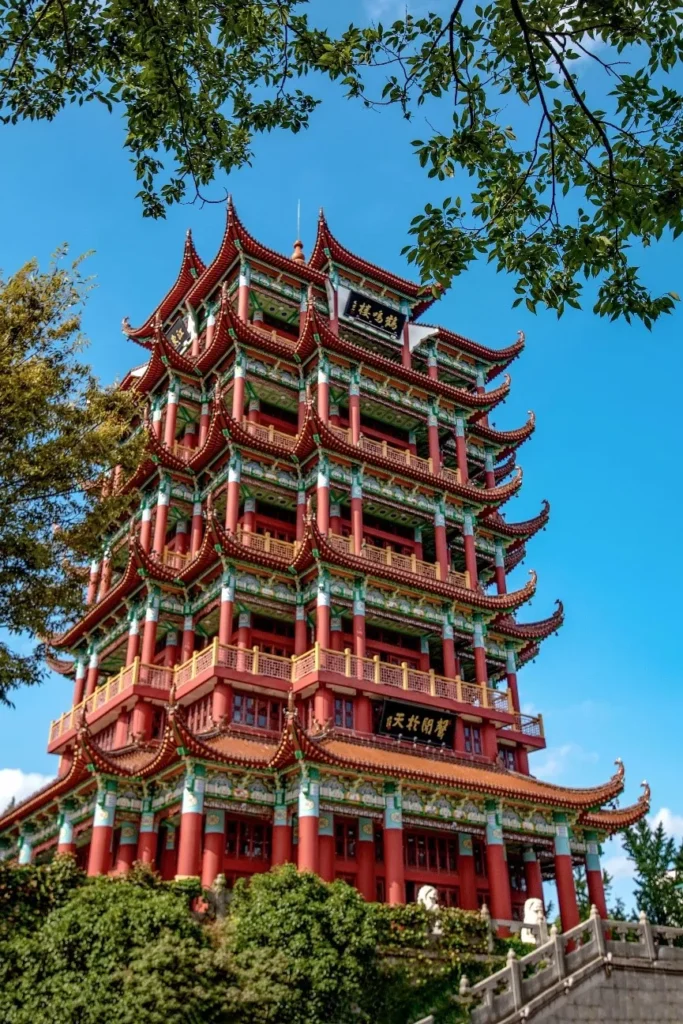
Compared to other ancient towns in the Jiangnan region, Chuansha Ancient Town in Pudong maintains a low profile.
Although not particularly large in scale, Chuansha Ancient Town preserves its winding alleys, courtyards, market arcades, and old city walls. It also features celebrity former residences, memorial halls, and unique parks.
If you’re tired of the hustle and bustle of the city center, consider visiting this place. With fewer tourists, you can immerse yourself in the tranquil atmosphere and appreciate the ancient charm at your own pace.
Winding Old Streets
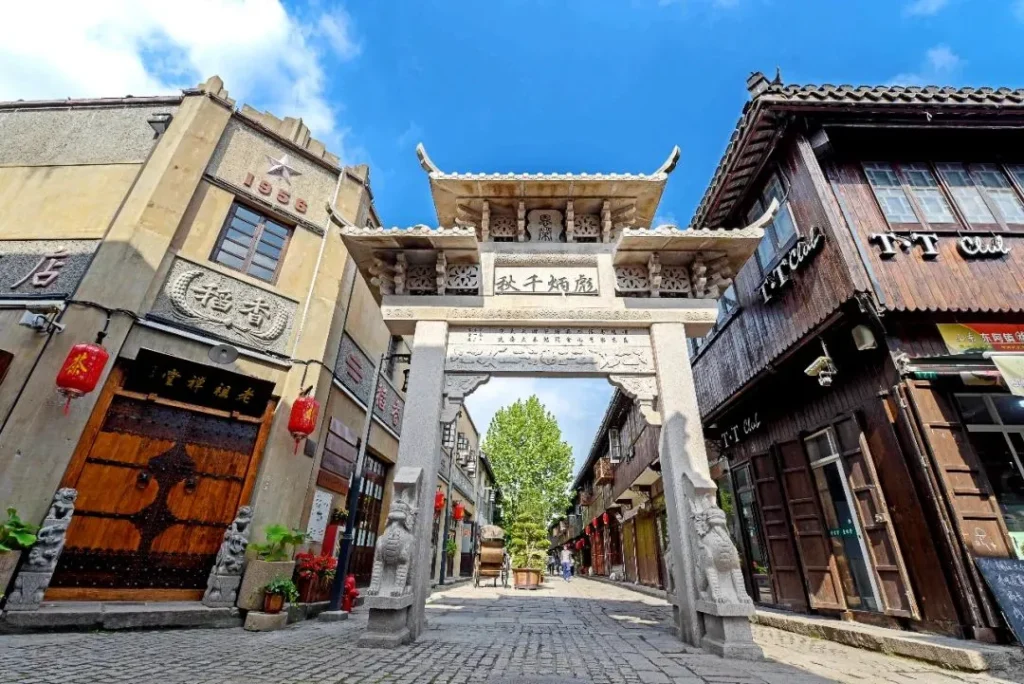
The narrow streets in the ancient town are intricately intertwined, with Nanshi Street and Zhongshi Street being the most lively.
These two streets intersect, forming the main area for commercial activities in the ancient town. Beishi Street, on the other hand, gathers the most cultural and artistic elements of Chuansha Ancient Town.
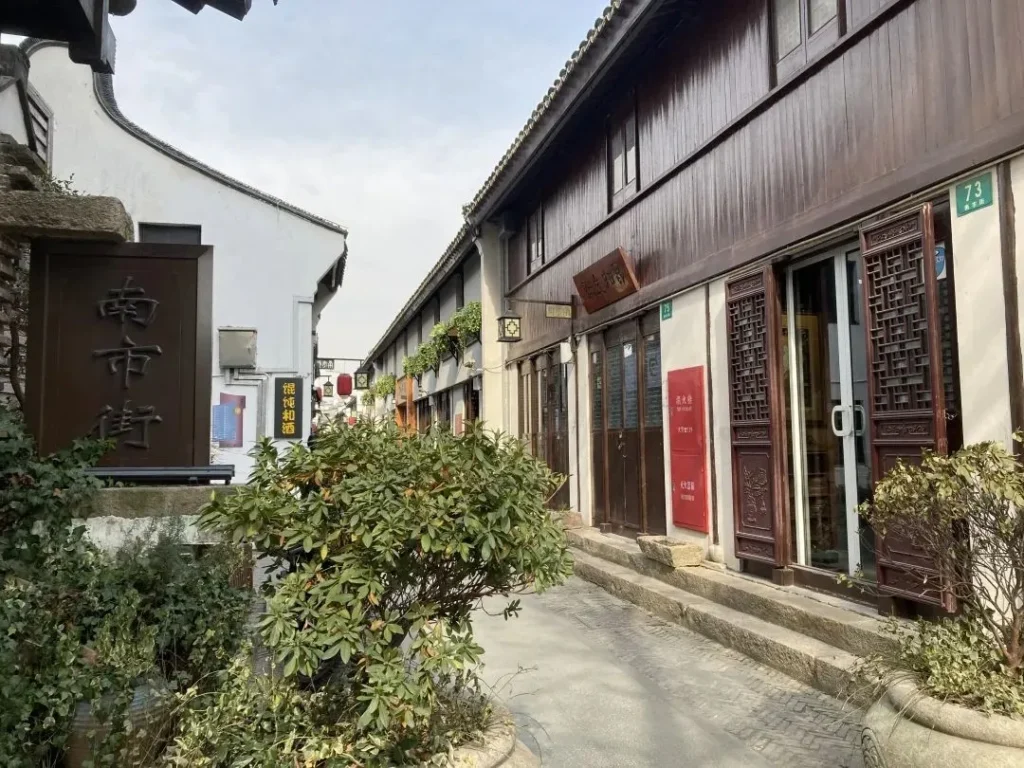
The ancient and simple old houses and historical sites tell of a deep historical and cultural heritage. Strolling along the weathered stone-paved paths, you can slowly savor the town’s long history.
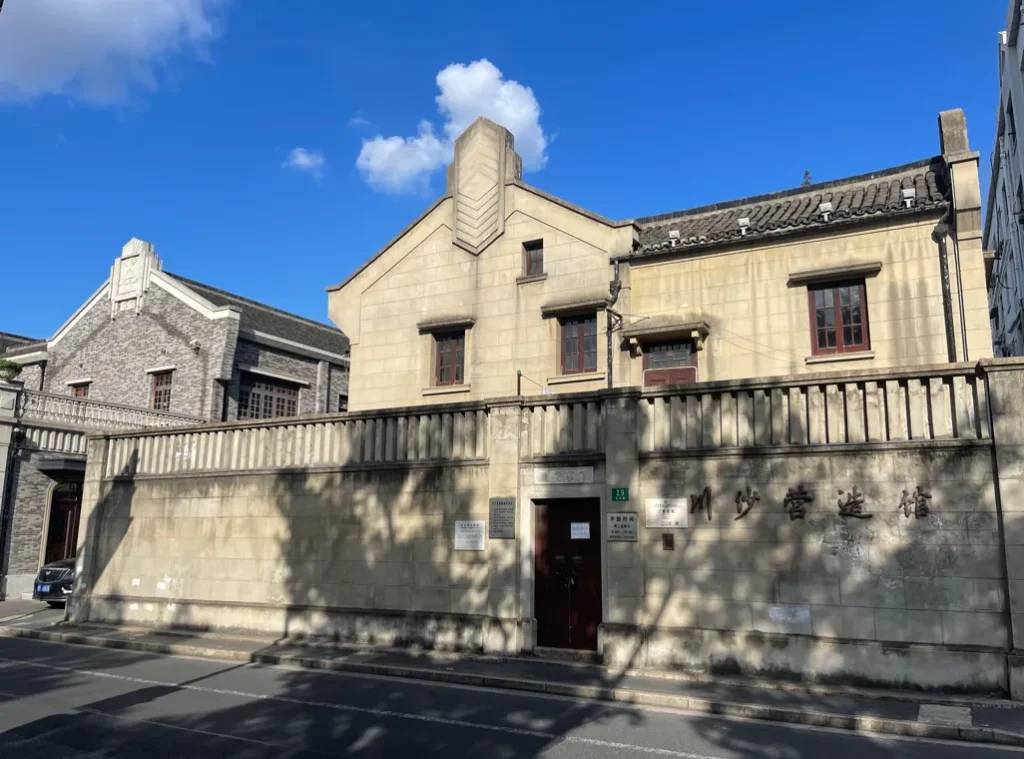
Located on Beishi Street, the Chuansha Yingzao Museum displays exquisite works of art and craftsmanship, cleverly showcasing the town’s history and culture in a modern way.
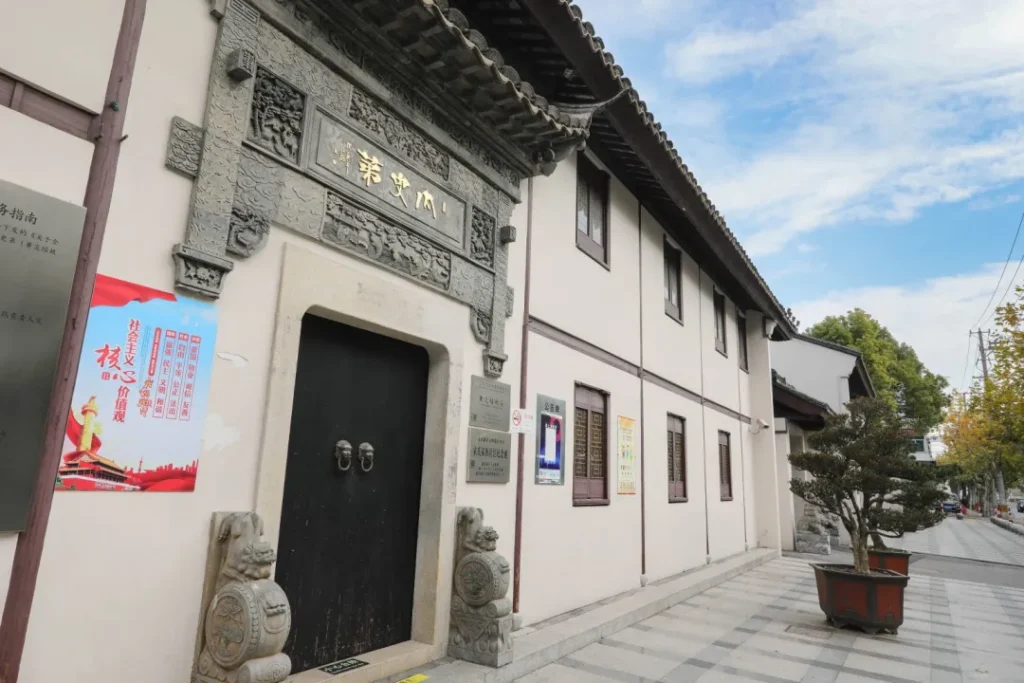
The most famous old building in Chuansha Ancient Town is undoubtedly the “Neishi Di.” It once housed numerous precious cultural relics, including Han Dynasty steles, Six Dynasties sculptures, and Tang and Song Dynasty stones.
The Qing Dynasty scholar Yu Yue praised it as “the richest in cultural relics and historical sites in the southeast.”
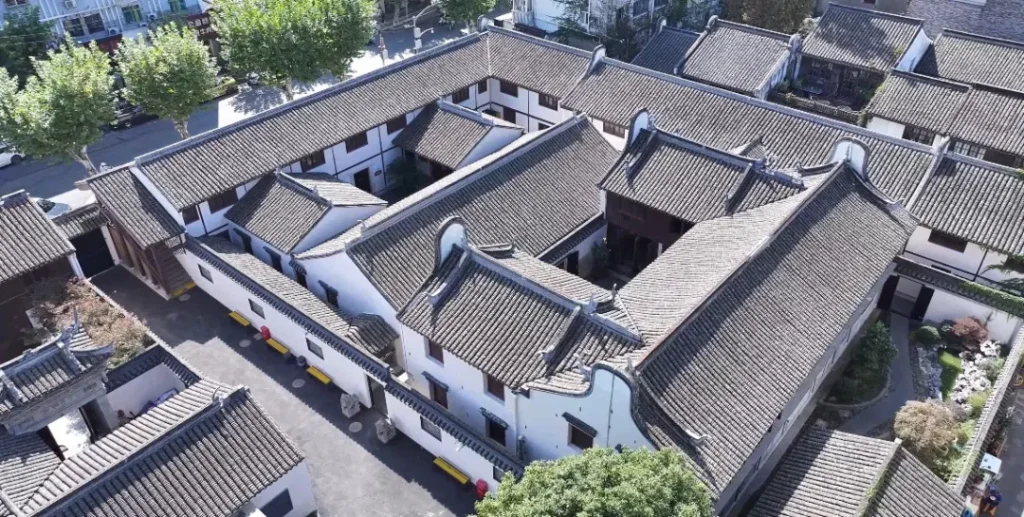
Those interested in history will notice that Neishi Di was not only the former residence of Huang Yanpei but also the birthplace of Soong Ching-ling.
The renowned scholar Hu Shih also once lived in Neishi Di. The famous figures who emerged from Neishi Di can be linked to a long series of stories.
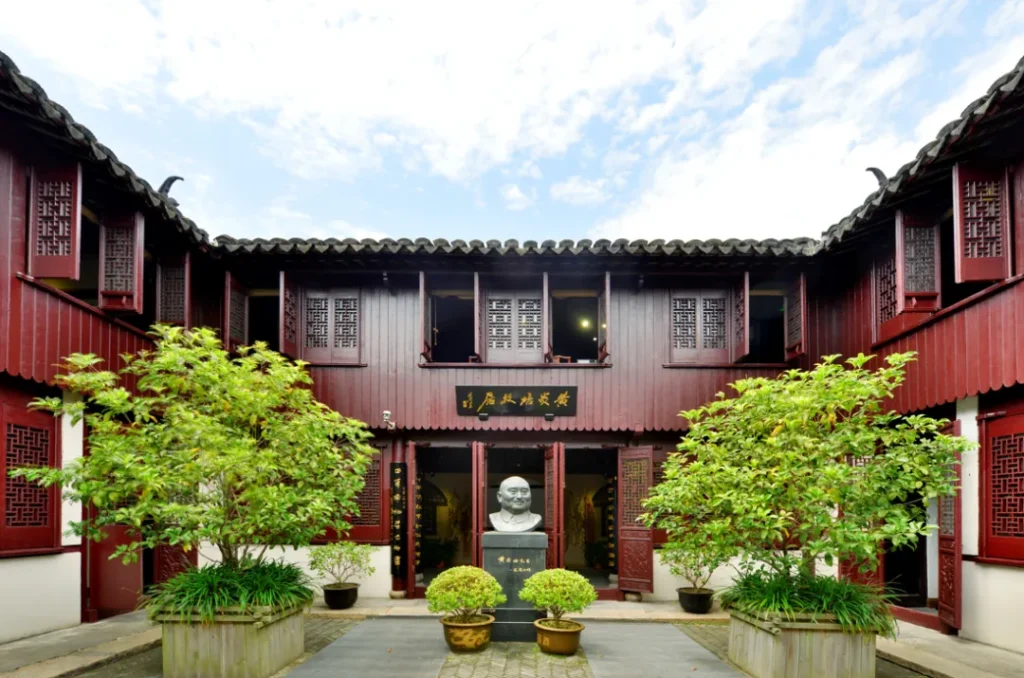
Chuansha Yingzao Museum
Address: No. 19, Beishi Street, Chuansha New Town, Pudong District
Huang Yanpei’s Former Residence
Address: No. 218, Xinchuan Road, Chuansha New Town, Pudong District
Chuansha Ancient City Wall Park
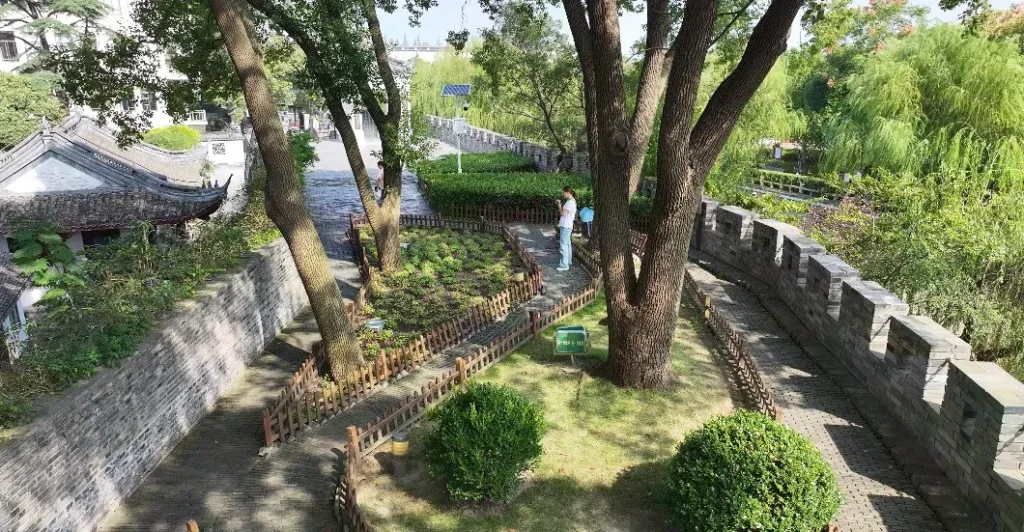
On Xinchuan Road in Chuansha Ancient Town, there is an ancient and elegant Chuansha Ancient City Wall Park. The park stands majestically along the moat, with a section of the Ming Dynasty city wall about 60 meters long.
It was built to resist the invasion of Japanese pirates and is one of the best-preserved and most complete ancient city walls in the Shanghai area.
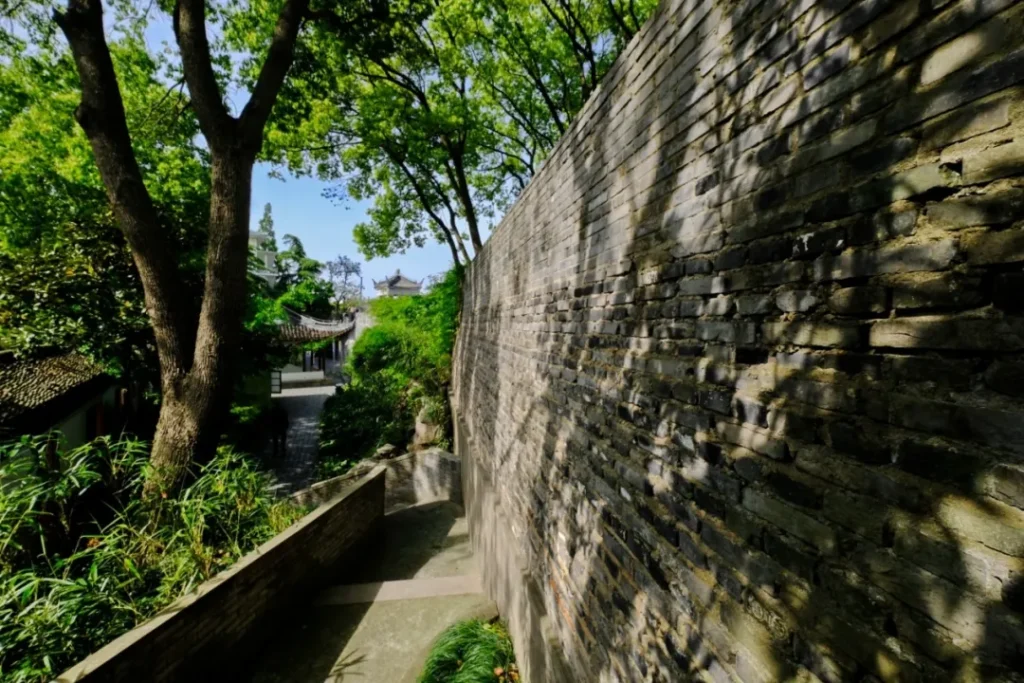
Walking along the small path on the east side of the ancient city wall towards the south, you can get an overview of the entire ancient city wall.
The southeastern section of the city wall can be called the gathering place of Chuansha’s ancient sites, with Kuixing Pavilion and Yue Stele Pavilion on top.
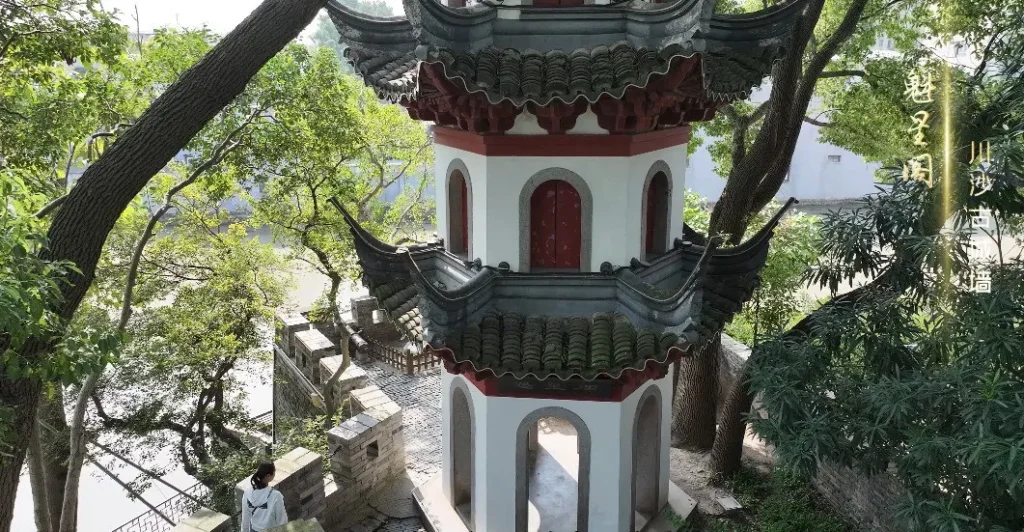
Chuansha Ancient City Wall Park
Address: No. 171, Xinchuan Road, Chuansha New Town, Pudong District
Chuansha Park

It’s not uncommon to find pavilions and towers in parks, but the Heming Tower in Chuansha Park has amazed many visitors.
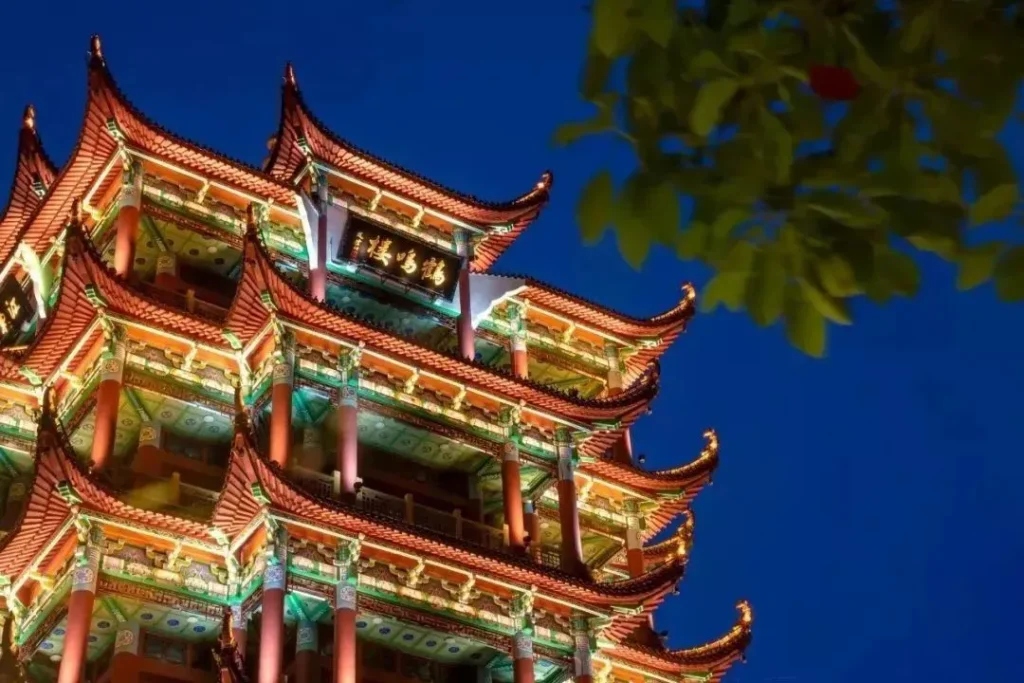
This building, known as the “Yellow Crane Tower” of Shanghai, takes its name from the Book of Songs: “The crane cries on the nine plains, its voice reaches the sky.” Its shape is somewhat similar to the Yellow Crane Tower in Wuhan.
The tower has five spires and seven stories, standing 54 meters tall with a construction area of 4,200 square meters.
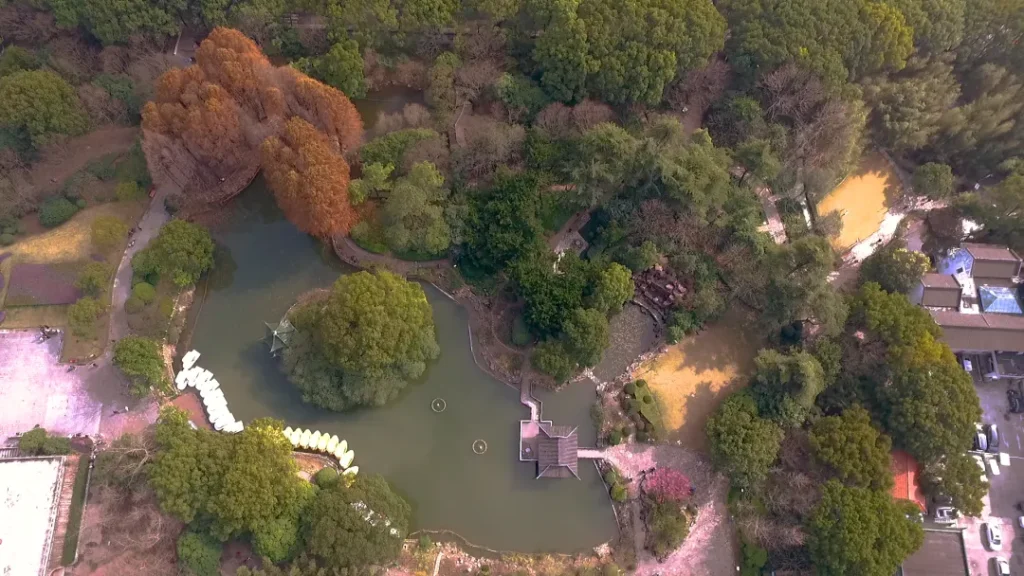
Chuansha Park
Address: No. 411, Chengnan Road, Chuansha New Town, Pudong District
Former Site of Shangchuan Railway Chuansha Station
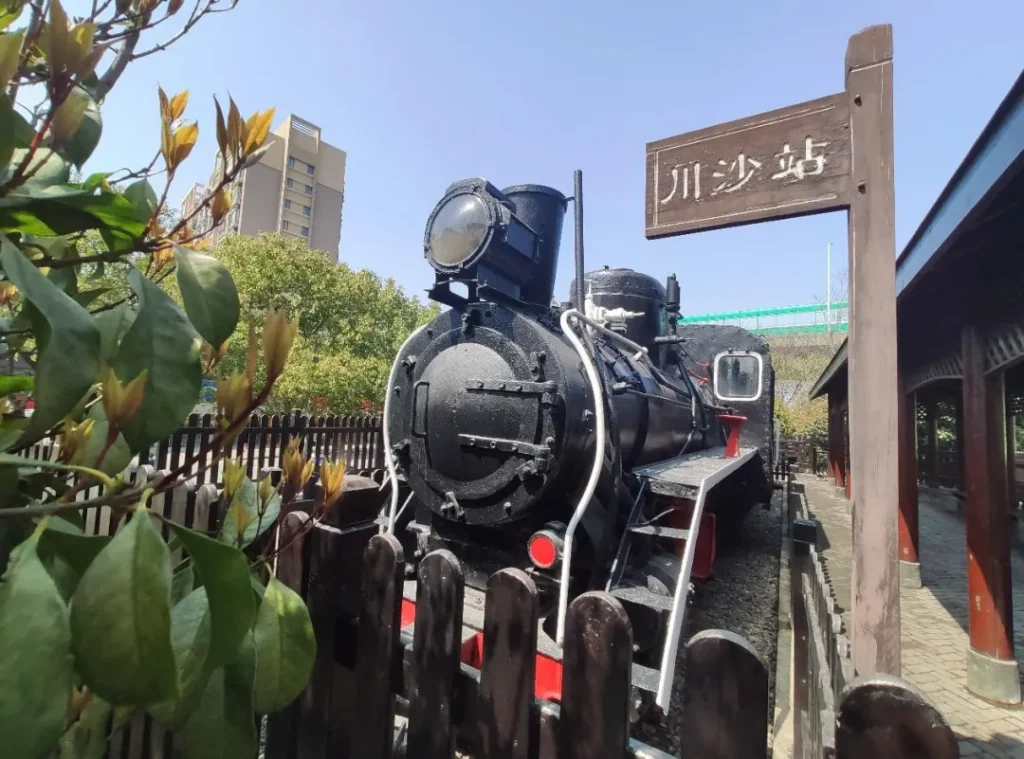
The Shangchuan Railway was Shanghai’s first commercial light rail. In 1921, Huang Yanpei, Zhang Zhihe, Gu Lanzhou, and others raised funds to establish the Shangchuan Transportation Company and laid a light rail from Qingning Temple to Chuansha.
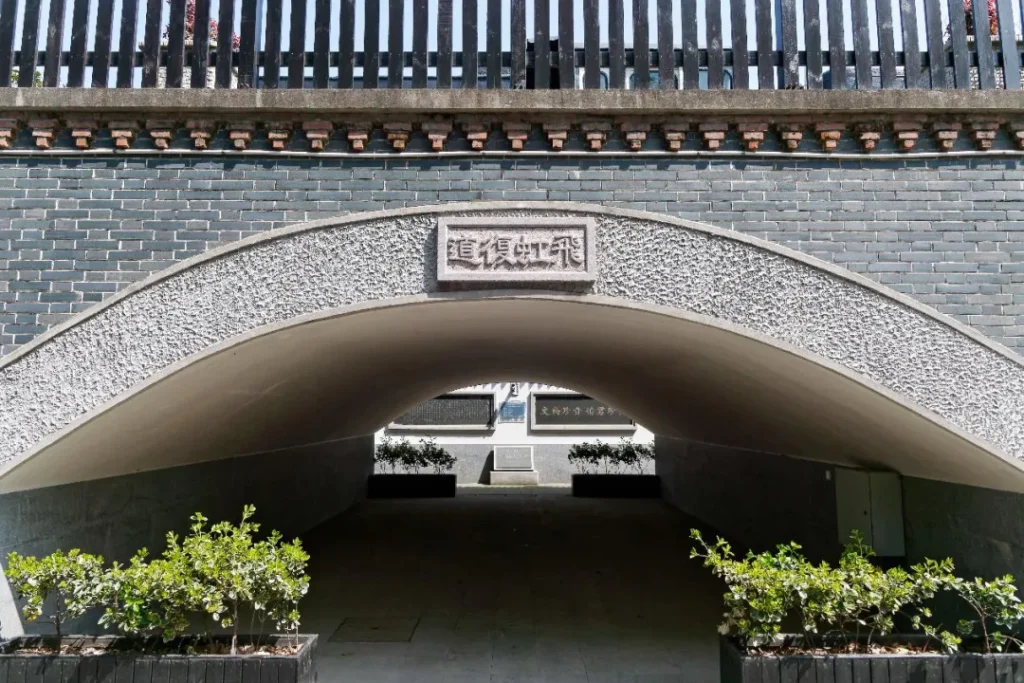
In 1925, the Shangchuan Railway was extended to Chuansha.
To pass through the densely populated Beimen Outer Street, Shanghai’s first overpass was built, known as the “Dry Bridge.” The then county magistrate of Chuansha wrote the bridge’s name, “Feihong Fudao” (Flying Rainbow Overpass).
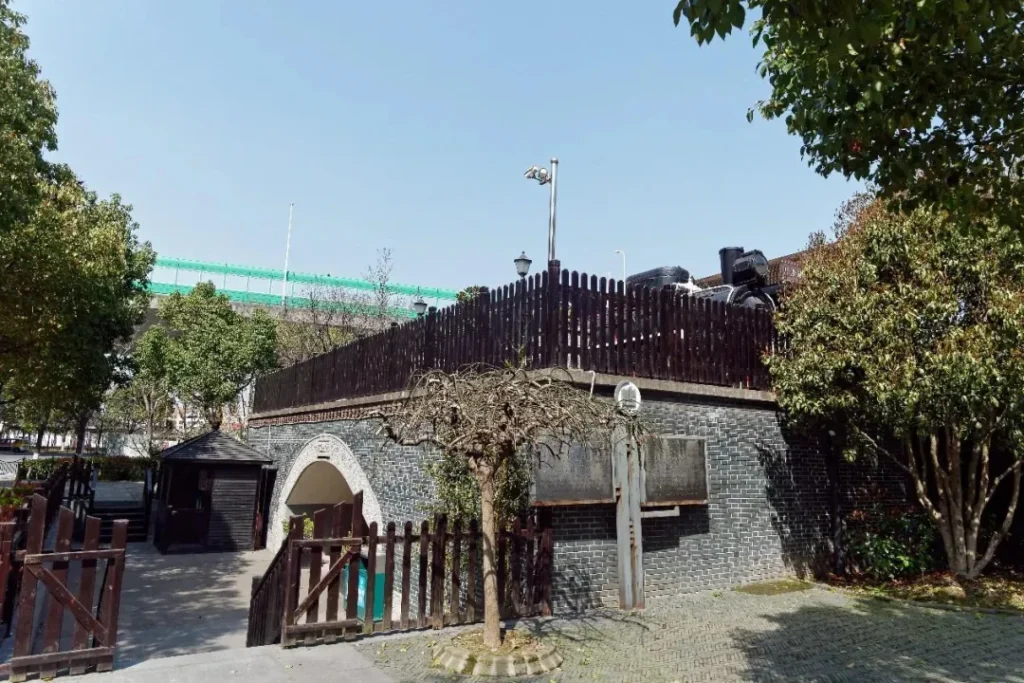
In 2010, due to the construction of the Huaxia Elevated Road, the original site of the Shangchuan Railway Chuansha Station and the Beimen Dry Bridge were both demolished.
In 2013, the two were combined and reconstructed at the intersection of Beishi Street and Huaxia East Road in Chuansha, becoming a joint witness to Pudong’s transportation and architectural history.
Former Site of Shangchuan Railway Chuansha Station
Address: No. 2696, Huaxia East Road, Chuansha New Town, Pudong New Area
Daqiao Cooked Food
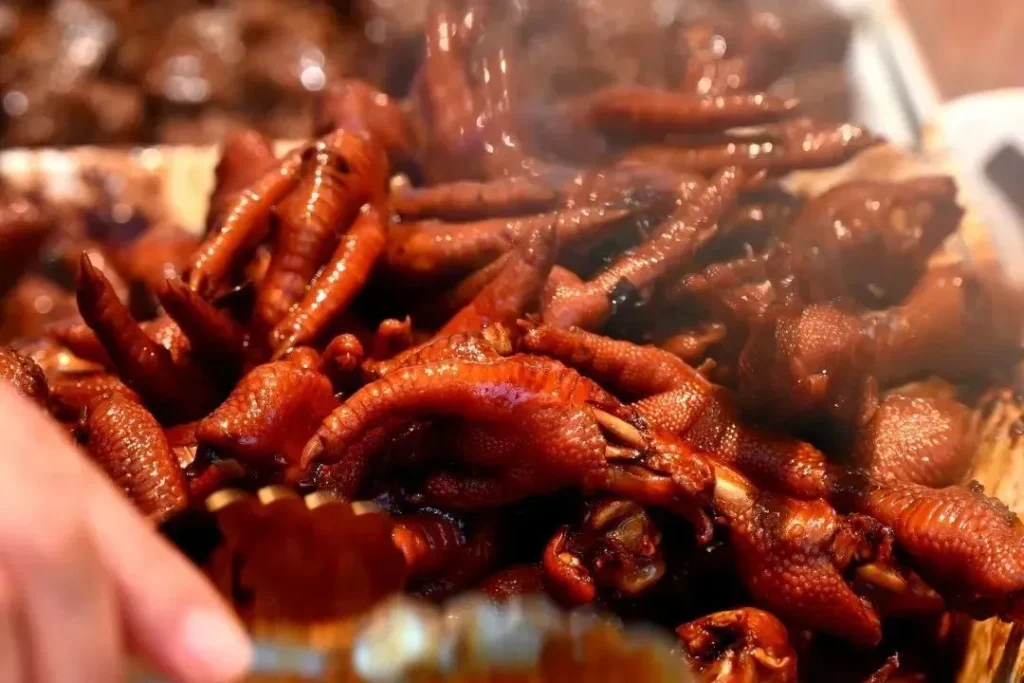
Daqiao Cooked Food on Xinde Road in Chuansha has been open for thirty-five years.
A line from the TV series “Flourishing Flowers” stating “Chicken feet should be eaten in Chuansha” led to a spectacular scene of long queues outside the Chuansha Daqiao Cooked Food store.
Daqiao Cooked Food
Address: No. 595, Xinde Road, Chuansha New Town, Pudong New Area





